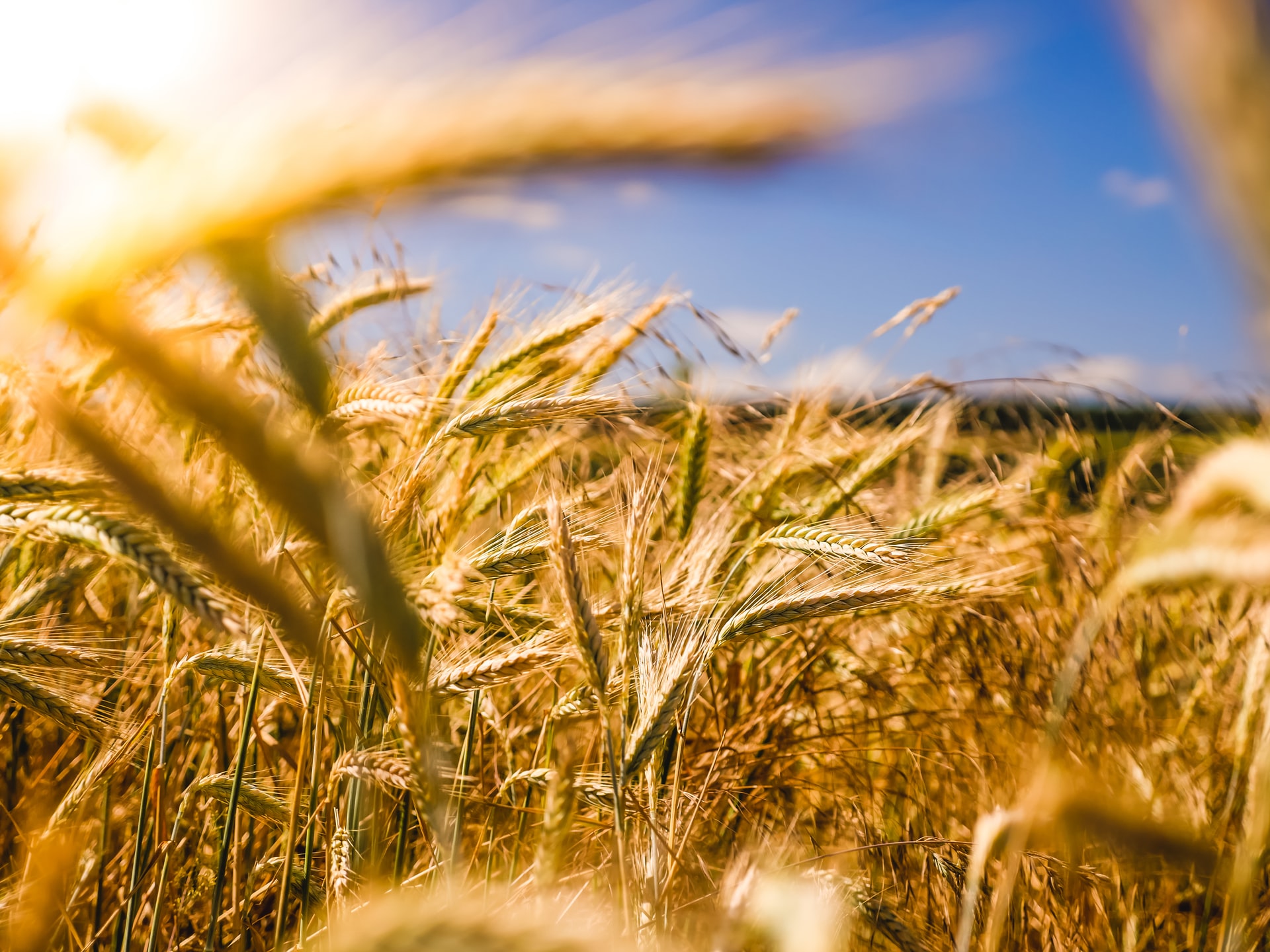Here is the impact of the Russia-Ukraine war on Italian agriculture. Sace report

What emerges from the report "Agri-food: Italy, a (pen) happy island" of the Sace research office
Since the beginning of 2022 we have been seeing an increase in food prices . These increases are made up of various causes, among which we can include: the increase in the costs of energy materials and fertilizers, climate changes that have caused damage to crops, the increase in global demand and the war in Ukraine. The report " Agri-food: Italy, a happy (pen) island " by the Sace research office tries to take stock of the state of health of the sector with a particular focus on our country.
AGRICULTURAL RAW MATERIALS: FIRST THE REDUCTIONS AND THEN THE INCREASES
The pandemic crisis has led to a drop in the prices of food raw materials. In May 2020, in the first year of the pandemic, the FAO Food Price Index (a monthly measure of the international prices of a basket of food products such as cereals, vegetable oils, dairy products, meats and sugar), decreased to 91.1 points , a level it hadn't reached for four years. In 2021 there was a recovery in consumption, first of all that of food. Trade in agri-food products reached more than 1,550 billion euros, of which almost 70% generated by twenty exporting countries. In first place among the exporting countries are the United States with approximately 148 billion euros of exports (9.6% of the total), followed by the Netherlands (6.4%), Brazil (5.4%), Germany. (4.9%) and France (4.5%).
IN 2021 FAO FOOD PRICE INDEX AT 160 POINTS
The economic recovery and the rapid return of demand almost to pre-crisis levels has created problems on the supply side, in procurement and logistics. This caused a sharp rise in food prices. These figures have been worsened by the invasion of Ukraine by Russia which had severe consequences on the commodity market. So much so that in April 2022 the FAO index reached " 158.5 points, after having touched 160 points the previous month, a level never reached before (+ 29.8% compared to the same month last year)". This picture, already critical in itself, was the unfavorable weather conditions, the rise in energy and fertilizer costs, and the "lockdowns in major port cities in China that have slowed down trade".
CEREALS AND FERTILIZERS: PRICES REMAIN HIGH
In the coming months, cereal production will be limited in Russia and Ukraine, independently of the continuation of the conflict, causing inevitable repercussions on prices , which will remain above average. The same goes for fertilizers , whose prices will remain high also due to export restrictions by Russia (and Belarus) and the reduction in production due to the high price of gas.
RUSSIA AND UKRAINE, EUROPEAN BARN
The war in Ukraine has had, and will have, heavy repercussions on the agri-food sector, especially for the production of wheat and cereals. “Russia and Ukraine ”, reads the report from Sace's research office, “ together, they supply more than 30% of world exports of wheat, about 20% of corn and 80% of sunflower oil . The closures of Ukrainian ports and the financial and trade restrictions imposed on Russia are limiting exports of cereals, especially wheat and corn, as FAO has predicted that these factors will affect the entire 2021/22 agricultural season. These shortages can only translate into price increases, a slowdown in demand growth and reduced inventories in many countries.
THE ITALIAN DEPENDENCE ON UKRAINIAN AND RUSSIAN AGRI-FOOD PRODUCTS
Italy imports 63% of its needs of soft wheat from the world, about 39% of durum wheat for the production of pasta and just under half of the corn needed for feed. In 2021, our country purchased, from Russia and Ukraine, " almost half of the sunflower oil it imports from the world, 17% of corn and about 4% of wheat ". There is no alternative but to focus on the diversification of supply markets, addressing first of all European producers such as France and Germany. The USA and Canada are also large producers of wheat. The problems in importing North American beans are not only related to prices, magnified by transport costs. In fact, American wheat does not always satisfy "the quality requirements imposed by EU legislation".
THE IMPACT OF THE CONFLICT ON GLOBAL AGRI-FOOD PRODUCTION
The decline in exports of cereals and seed oils due to the ongoing war in Ukraine has had, and will have repercussions, also on the production and export of goods, so-called "perfect substitutes". Indonesia, for example, alone produces more than half of all palm oil produced in the world, the main substitute for sunflower oil. At the end of April 2022, it banned its export to counter the increase in the domestic price. This measure lasted only three weeks but created tensions on the market. India in May also decided to block exports of wheat, of which it is the second largest producer in the world, and then also of sugar.
THE WHEAT DEFICIENCY IN AFRICA
The countries of North Africa and the Middle East will suffer more than others the weight of the decline in grain crops and the reduction in supplies arriving on Russian and Ukrainian ships passing through the Black Sea. " The countries of North Africa – reads SACE report – they are among the largest wheat importers in the world, 80% of which comes from Russia and Ukraine : Egypt imports 90% from the two countries, but Morocco and Algeria also have a high demand " . Consequently, we can expect an increase in the general level of prices, to which some countries will be able to respond better than others.
This is a machine translation from Italian language of a post published on Start Magazine at the URL https://www.startmag.it/economia/ecco-limpatto-della-guerra-russia-ucraina-sullagricoltura-italiana-report-sace/ on Mon, 30 May 2022 13:18:11 +0000.
